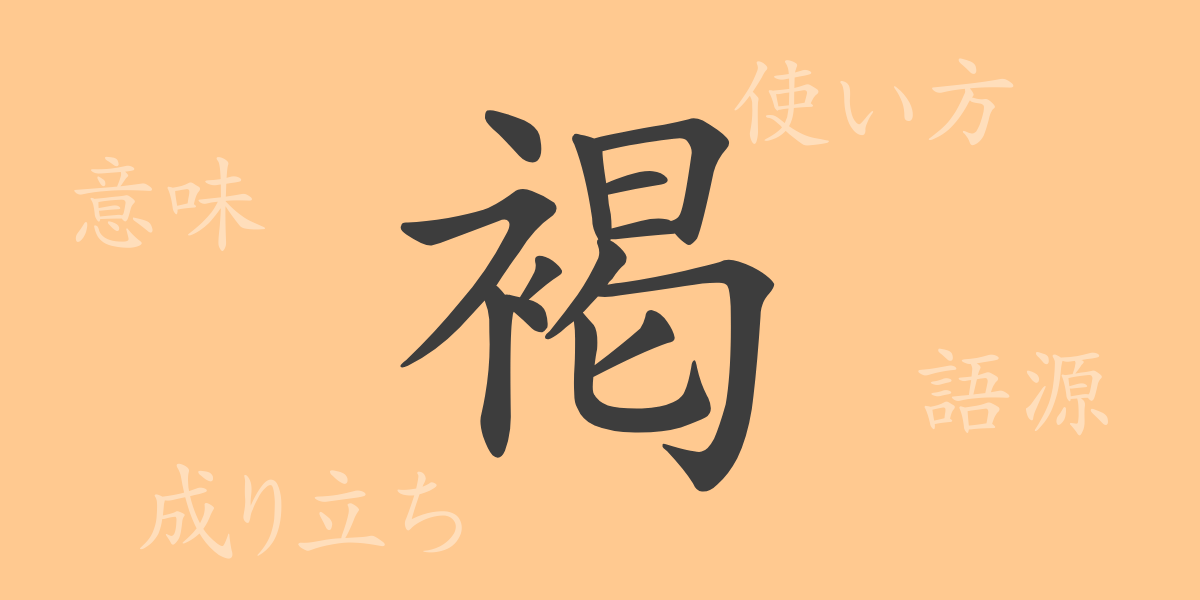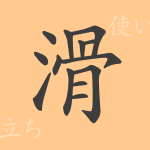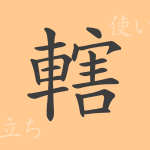Kanji, deeply rooted in Japanese culture, harbors a rich history in its shapes and meanings. In this article, we will explore one such kanji, “褐” (Katu), delving into its origins and contemporary usage. Although this character may seem unfamiliar at first glance, it offers a glimpse into the profound depths of the Japanese language.
The Origins of 褐 (Katu)
The kanji “褐” (Katu) originated in ancient China. Initially, it denoted a roughly woven cloth made from coarse hair. Over time, its meaning evolved to refer to clothing made from this fabric, eventually coming to signify “coarse clothing” or “brown” in color. This evolution reflects the cultural backdrop inherent in kanji and the historical evidence of people’s lifestyles and values.
Meaning and Usage of 褐 (Katu)
In modern Japanese, “褐” (Katu) is commonly read as “かちいろ” (kachi-iro), referring to brown or tawny colors. “褐色” (kasshoku) is frequently used in fashion and design to describe a shade of brown. However, the use of “褐” (Katu) on its own is rare, and it is typically seen as part of compound words or idioms.
Reading, Stroke Count, and Radical of 褐 (Katu)
The kanji “褐” (Katu) has the following characteristics:
- Reading: On’yomi (Sino-Japanese reading) is “かつ” (katsu), with no particular Kun’yomi (native Japanese reading).
- Stroke Count: A total of 13 strokes.
- Radical: 衣 (koromo-hen) meaning “clothes”.
Idioms, Phrases, and Proverbs Using 褐 (Katu) and Their Meanings
There are several idioms and phrases that include “褐” (Katu), such as:
- 褐色 (kasshoku): Brown or tawny color.
- 褐炭 ( kattan): A type of coal named for its brownish color.
- 褐色糖 ( kasshokutou): Brownish sugar with a lower level of refinement, hence its color.
These idioms and phrases are used in everyday life within specific fields or situations.
Summary on 褐 (Katu)
The history and culture encapsulated in a single kanji character teach us about the profound nature of language. Understanding the origins and modern usage of the kanji “褐” (Katu) allows us to reappreciate the richness of the Japanese language. “褐” (Katu), used in various fields such as fashion, design, and industry, is surprisingly close to our daily lives.

























